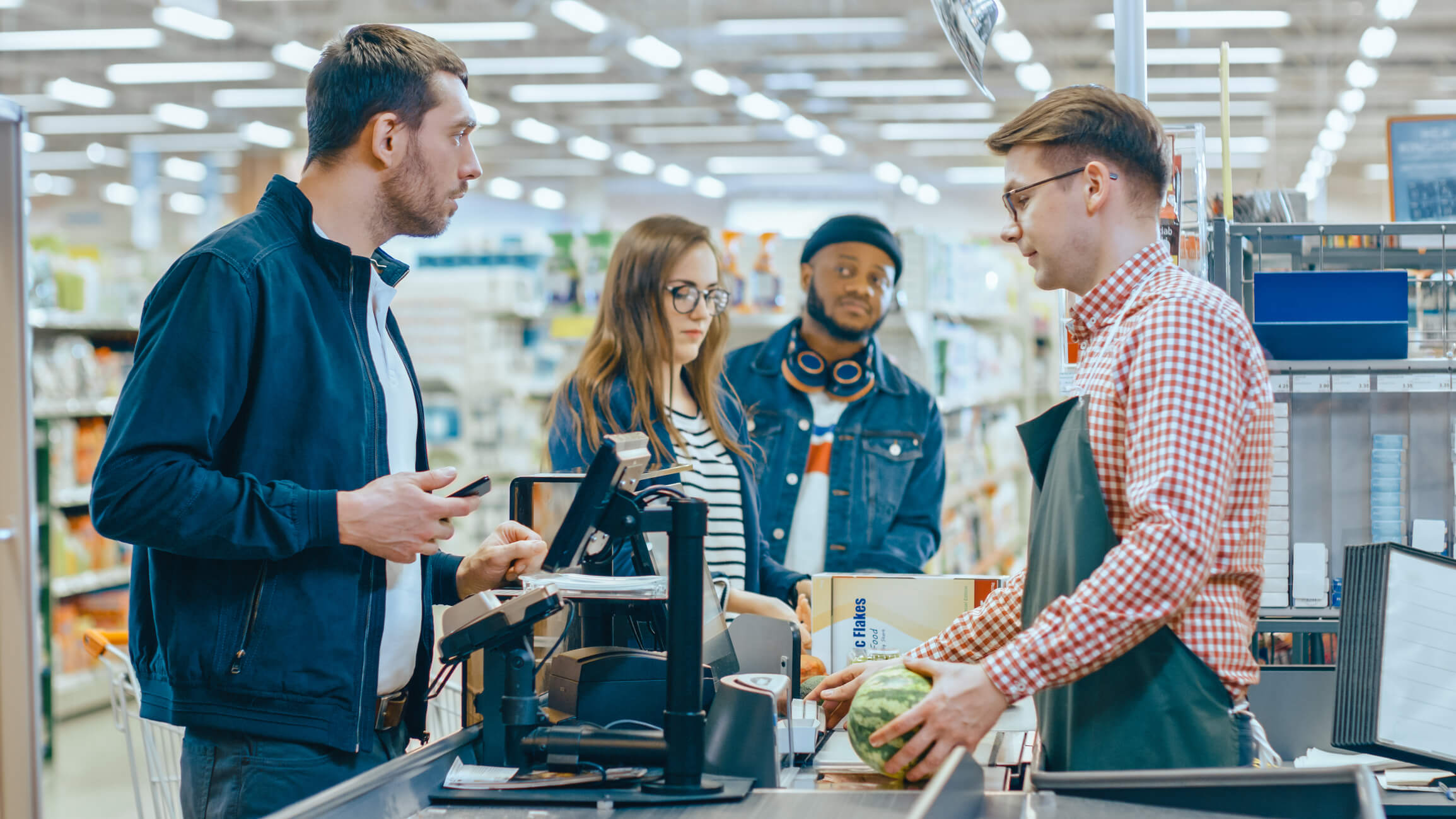Natural disasters are like rude houseguests—they show up uninvited and leave a mess. But they’re worse because on top of the inconvenience, they’re dangerous. Whether it’s a hurricane, earthquake, flood, or zombie apocalypse (hey, you never know), being prepared can make all the difference. So, here’s what you need to have on hand. (Spoiler alert: it’s more than just snacks. But you’ll definitely need snacks.)
1. Water, water, water
You’re gonna need H2O—lots of it. The rule is one gallon per person daily, and you should have enough for at least three days. (If you have room to store more, then do it. More is better!)
- Brigit tip: Get a few collapsible water jugs or a water purification system (those LifeStraw things are lifesavers). You don’t want to be chugging gutter water, trust me.
2. Food that doesn’t need a chef
When the power’s out, your gourmet cooking skills won’t mean much. Go for non-perishables like:
- Canned goods (soup, beans, fruit, they have it all)
- Protein bars
- Peanut butter
- Instant coffee (you can’t deal with a disaster without coffee!)
And don’t forget a manual can opener. Using a knife to open cans is not what you want to be doing. (But don’t forget a knife, either!)
3. Flashlights and batteries galore
Candles might seem romantic, but they’re also a major fire hazard. Stick to flashlights and headlamps. Stock up on batteries—you’ll want plenty for your gadgets.
4. First aid kit: your at-home ER
If you don’t already have one, grab a pre-packed first aid kit and toss in a few extras:
- Pain relievers
- Antiseptic wipes
- Prescription meds (if you’ve got ‘em, be sure you don’t forget ‘em)
- Band-aids in all shapes and sizes and gauze
You don’t want to MacGyver a bandage out of duct tape unless you really have to.
5. Cash is king
When the power’s out, so are the ATMs and card readers. Keep some cash on hand, in small bills. (You don’t want to be that person trying to break a $50 for a $2 snack.)
6. Chargers and power banks
Your phone is your lifeline, so keep it charged up. Buy a solar charger or a portable power bank, and keep everything charged. Bonus points for anything that’s waterproof.
7. Clothes for the end of the world
Pack sturdy, weather-appropriate clothes and extra socks. (There’s no misery quite like wet feet during a disaster.) And don’t forget a good rain jacket or poncho—fashion can wait; it’s all about practicality when everything hits the fan.
8. Important docs in a safe spot
Nobody wants to be scrambling for birth certificates and insurance info mid-crisis. Keep copies in a waterproof bag or—better yet—scan and upload them to a secure cloud service.
9. Tools and duct tape (obviously)
A multi-tool or Swiss Army knife can save you in a pinch. Pair it with duct tape, which we all know is the MVP of emergencies. Fix or patch anything with that gleaming silver miracle roll.
10. Entertainment (yes, really)
Disasters can drag on, and boredom is very real. Throw some cards, books, or a fully downloaded Netflix playlist into your kit. Keeping your brain busy means less stress.
11. Pet prep
Got furry friends? They need a kit, too. Stock up on pet food, water, and any meds they might need. And for the love of dog, don’t forget their leash or carrier.
12. Hygiene hacks
Disasters are no excuse to skip self-care. Stash some baby wipes, hand sanitizer, and toothpaste in your kit. Nobody wants to deal with bad breath in the midst of an existential threat.
Final thoughts
Natural disasters are unpredictable, but your readiness doesn’t have to be. Think of your disaster kit as an insurance policy: you hope you’ll never need it, but if you do, you’ll be so glad you have it.



